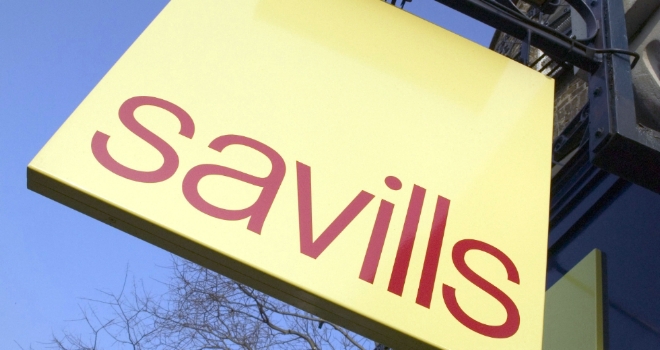
The marginally positive average annual house price growth across all prime London is attributable to the performance of property below £2 million, which recorded growth of 2.2% over the course of the year. However, over the course of 2015 prices fell in all of the submarkets above this price level in the capita.
Lucian Cook, the firm’s head of UK residential research, says: "This reflects a continued adjustment to a less hospitable tax regime and successive increases in stamp duty rates in particular. This is particularly impacting the higher value markets of prime central London.
Since the credit crunch, is has been common practice to index price growth in prime London to the previous peak of 2007/8. It is now clear that 2014 is the new ‘peak’ reference point for a market that has continued to adjust to higher taxation, introduced at a time when the market was already looking fully priced.
Values in the market between £2 million and £5 million are 3.3% below their 2014 peak, while those over £5 million are down by 6.4%.
As a result, price adjustments have been the greatest in the prime markets of central London where values are down 6.0% since their 2014 peak, with the highest value submarkets of Knightsbridge, Belgravia and Mayfair down by 7.3%.
|
Q4 2015 |
All Prime London average |
Under £2m |
£2m - £3m |
£3m - £5m |
£5m - £10m |
£10m+ |
Prime Central London |
|
Quarterly |
-0.8% |
-0.4% |
-1.4% |
-1.2% |
-1.5% |
-1.3% |
-1.5% |
|
Annual |
0.5% |
2.2% |
-0.2% |
-1.3% |
-3.3% |
-3.7% |
-3.4% |
|
Since 2014 peak |
-0.9% |
1.7% |
-2.7% |
-3.8% |
-5.9% |
-7.5% |
-6.0% |
Cook notes: “While the prime central London market remains price sensitive, data from LonRes indicates that transaction levels in the first 11 months of the year were 75 per cent of the levels seen in the year previous for stock sold for over £1million. In addition, there is emerging evidence of greater activity in December among investors and second home owners keen to avoid the 3 per cent stamp duty surcharge that applies form 1st April next year. This suggests that where stock is priced appropriately there is still a market, particularly for best in class.”
Beyond London prime housing markets have seen average annual price growth, with values rising by an average of 2.4%. This has been underpinned by an ongoing preference for good quality family housing in prime urban locations such as Beaconsfield, Cambridge, Bristol’s Clifton, York and Chester.
In such prime urban locations prices have risen by an average of 4.4% over the course of the year, while the typical manor house or rectory has seen little or no price movement over 2015.
|
Q4 2015 |
Prime Regional Urban |
Prime Regional Village |
Rural |
|
Quarterly |
0.8% |
0.2% |
-0.2% |
|
Annual |
4.4% |
1.9% |
0.7% |
|
5 Year |
12.6% |
3.5% |
-4.2% |
Savills expects prime London values to remain broadly flat through 2016 and most of 2017, before gradually returning to trend growth, with 5 year forecasts of 20 per cent growth across all prime London. Prime regional house prices are forecast to rise 2.0 per cent in 2016 and 21 per cent by 2020, with London’s extended commuter belt outperforming all other regions to rise 24 per cent in the next five years.





